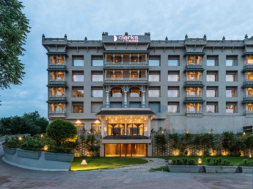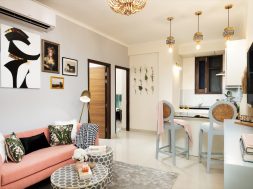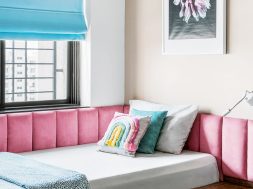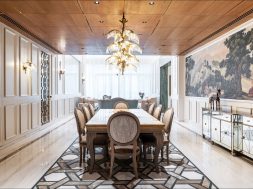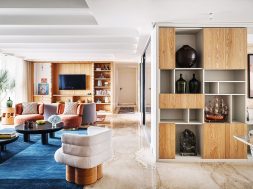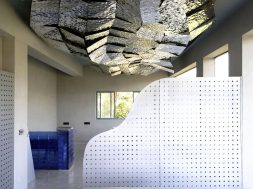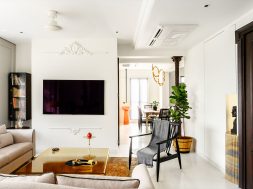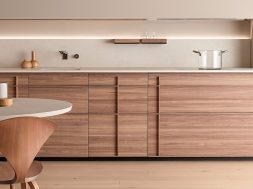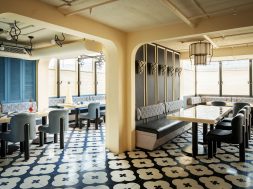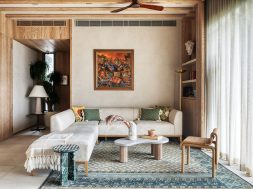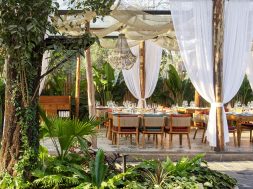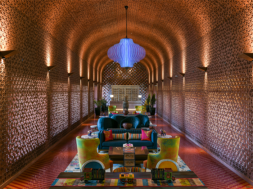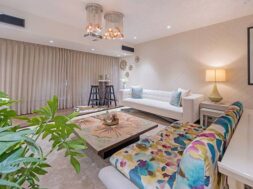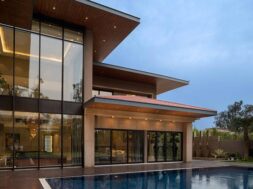
Hospitality Interiors are Highly Centric to User Experience with Different Taste in Lifestyle
A successful way to achieve this end result is to create an environment which is sensorial. Likewise, a holistic approach towards design challenges is also desired say Rashi Bothra and Ruchi Gehani – Co-Founders and Creative Head of Azure Interiors

The onset of the pandemic has ruffled many feathers. World over, a number of industries are in a mode to reorganize, redefine and re-innovate on how to go about doing their day to day businesses, The impact has been felt across to different sectors right from manufacturing to the world of design. The newer projects which are coming up are now taking into account the contingencies that can arise in the future. Likewise, the structure of the built environment too will witness a change catalyzed by this development, design of public places, the need for empty spaces especially in the cities will garner momentum.

In the world of interiors, hospitality design plays an important role in creating spaces where people feel pampered. Post the pandemic there will be subtle changes in the arena of hospitality design as well. Some of the changes will be
- Use of natural materials – Materials that would eliminate transfer of virus through surfaces in highly used areas. Antiviral materials like cork, biomimicry altered textures. Hygiene will now be the utmost luxury hence materials which can be cleaned easily and reduce the life of virus will be extensively used.
- Protective shields as design elements – Decorative screens will be used as a medium to define spaces and privacy for users. Moveable panels to direct low traffic inside hospitality interiors through one -way circulation system will be preferred.
- Flexible use of spaces – Designs which can respond to the changing needs of the space at a point of emergency and can be easily converted into medical centers/ hospitals / quarantine centers will gain traction.
- Uncluttered spaces – Minimalism will set in even more as people would prefer uncluttered spaces

Hospitality interiors are highly centric to user experience with different taste in lifestyle. This often proves to be one of the biggest challenges to design a well-designed space which will gratify different mindsets and offer them a one-of-a-kind experience worth re-experiencing a number of times. A successful way to achieve this end result is to create an environment which is sensorial. Likewise, a holistic approach towards design challenges is also desired.

Apart from having a holistic approach the materials used to create a sensorial experience in hospitality spaces is also changing. There has been a gradual shift towards an increased use of natural materials, low carbon footprint material, natural and organic materials, earthy colours and reduced use of plastic material. Soundproofing materials too are being used in specific projects. Use of materials like stone, recycled fabrics, use of smart wood and finishes which resemble actual wood and incorporating lots of greenery are some of the trends being witnessed in hospitality design

The magic of hospitality design is also being driven by custom designed accessories. Custom designed accessories are driving value as they are specially tailor made to suit the overall design scheme of the space in question. This helps in creating a certain degree of personalization for the clients and customers who chose a particular restaurant or food court or a retail space owing to its distinctiveness. Apart from custom designed accessories branded accessories also tend to add value simply owing to their brand power hence hospitality interiors do choose to utilize them as well. Since branded accessories are available in abundance a smart idea to use them is to create an aura of uniqueness. Designers need to utilize their creative prowess to be able to define a sense of individuality in the design scheme whilst using branded accessories so that it makes a difference when used in your space vs when seen in another space.
